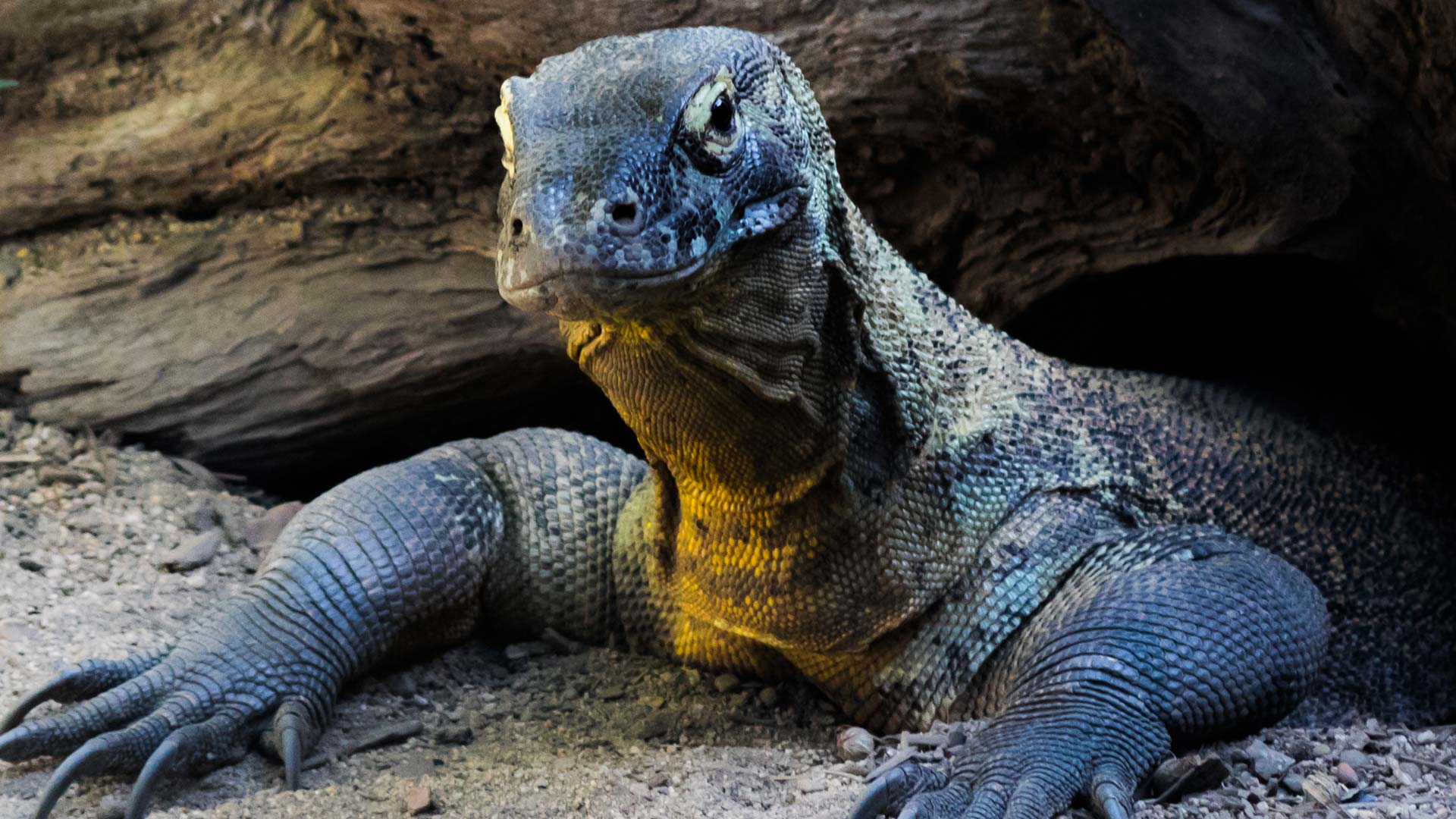A Komodo dragon has given birth to three hatchlings – with absolutely no male involvement.

A Komodo dragon, named Charlie, at Chattanooga Zoo in Tennessee, gave birth to three hatchlings in August 2019, Onyx, Jasper, and Flint – entirely by herself.
The zoo had paired Charlie with a male, Kadal, for breeding, but staff were never able to confirm any instances where interactions had taken place. They decided to conduct a DNA test on the triplets and the results recently came in. They discovered that Kadal hadn’t been involved with the reproduction process at all.
Instead, a process called parthenogenesis took place.
Parthenogenesis was first observed in Komodo dragons in 2006 at both London and Chester Zoos.
Scientific American explains that parthenogenesis occurs in 0.1% of all vertebrates. The process is not a cloning one, in fact, products of parthenogenesis in Komodo dragons can only be male. This is because identical sex chromosomes make a male, and two different ones make a female (this is the opposite to humans, where females have XX chromosomes and males, XY).
The publication explains: “In parthenogenesis, the mother’s half-set of chromosomes doubles up to generate the full complement. Hence, the offspring derives all its genes from the mother, but they are not a duplicate of her genome.”
It is believed that the ability to produce both sexually and parthenogenetically probably resulted from the Komodo dragon’s isolated natural habitat – islands in the Indonesian archipelago.